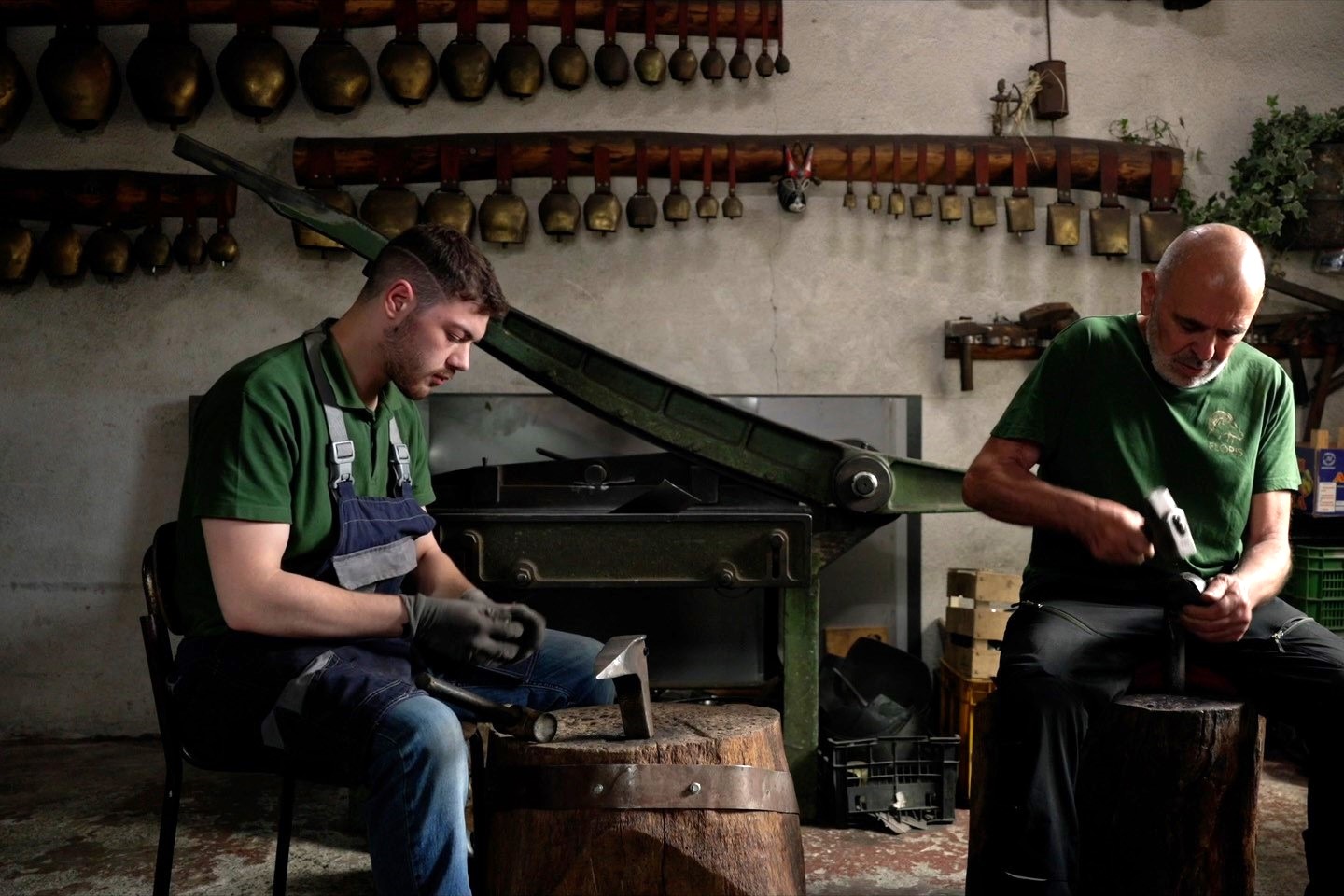“I would like a bus similar to my house, but in motion… I want to live inside, not just to travel”. A quote from a random conversation with an American tourist has become the main source of inspiration for Tommaso Gecchelin, a Physicist and Industrial Designer, who has thought of a prototype of self-driving vehicles to use in public transportation. While dealing with the issue of future mobility for an internship project, Tommaso kept thinking of that traveler’s dream and started to work hard to understand how to apply his math and science skills to improve people’s life.
A mix of science and creativity became then very useful in order to create what could change the whole user’s experience in transportation. Emmanuele Spera, originally from Rome, is the other soul of this story: by bringing to the table 20 years of IT management experience, 15 years in healthcare, and his role as Director and CEO for two IT companies in Europe, Emmanuele got very excited by Tommaso’s project at the point that he decided to leave from Rome and embark on a new experience. As co-founder of Next, Emmanuele, who lives now in the Silicon Valley, helped us understand how this technology is finding its realization in San Francisco.
How does Next work?
Next can be considered an advanced smart transportation system based on swarms of modular self-driving vehicles. Each module can join and detach with other modules on standard city roads. When joined, they create an open, bus-like area among modules, allowing passengers to stand and walk from one module to another. NEXT’s smart routing system will autonomously drive the vehicles and join other modules in order to redistribute passengers and optimize occupancy rate, while cutting consumption and the traffic footprint.
Why did you take your project to California?
The project was born in Italy thanks to Tommaso’s design. I decided to sell everything, and move over here. At that point, I really wanted to begin my American dream and build a new life here, starting from this small but genial idea.
Didn’t you have any chance to develop the technology in Italy?
When I knew Tommaso’s idea, I really thought it was the best I had ever heard: his first prototype was ready to become real but unfortunately nobody in Italy wanted to invest money because it was considered an “out-of-the-Box” project. People there have to deal with bad traffic, transportations, and other things which make any innovation less appealing. I got in charge of the Business Development plan, we started working on how to develop the design and had some small prototypes to show here in the Silicon Valley.
Why do you think the American market is a better fit for this idea?
People working in America look at the future and are always willing to invest their money in new, challenging projects. It is true that they have the money but the risk they take makes a difference too.
When do you think we will see this transportation on the road?
Our target is to be available on the market in 2020: this relates to the announcement made by Google and Tesla, who believe that self-driving cars will become part of our life by then. I think that it may happen even earlier for us, because we work in the public transportation, we don’t need any new infrastructure and because we are using existing “off the shelf” technologies, like self driving, inductive charging and in-motion battery swap, which allow our vehicles to never run out of power.
What do people in Italy think now that your idea is becoming real?
People find it an interesting idea but quite impossible to realize. Here is the difference with the United States and the Silicon Valley, where the new technologies are welcome and seen as possible to use.
Which milestone did you get so far?
This is the only project of self-driving vehicles feasible for public transportation because it puts together the car sharing features, the on-demand services, and on-demand transportation. We just closed a deal with a German automotive partner who offered both the fundraising and the construction of the first two-working prototypes in the next 12 months.
What is your next goal?
We are aiming to build the prototypes as soon as possible, in order to get in the market and start selling them. Our first goal is to help change the old, obsolete bus fleets that we see everyday on the streets.






























